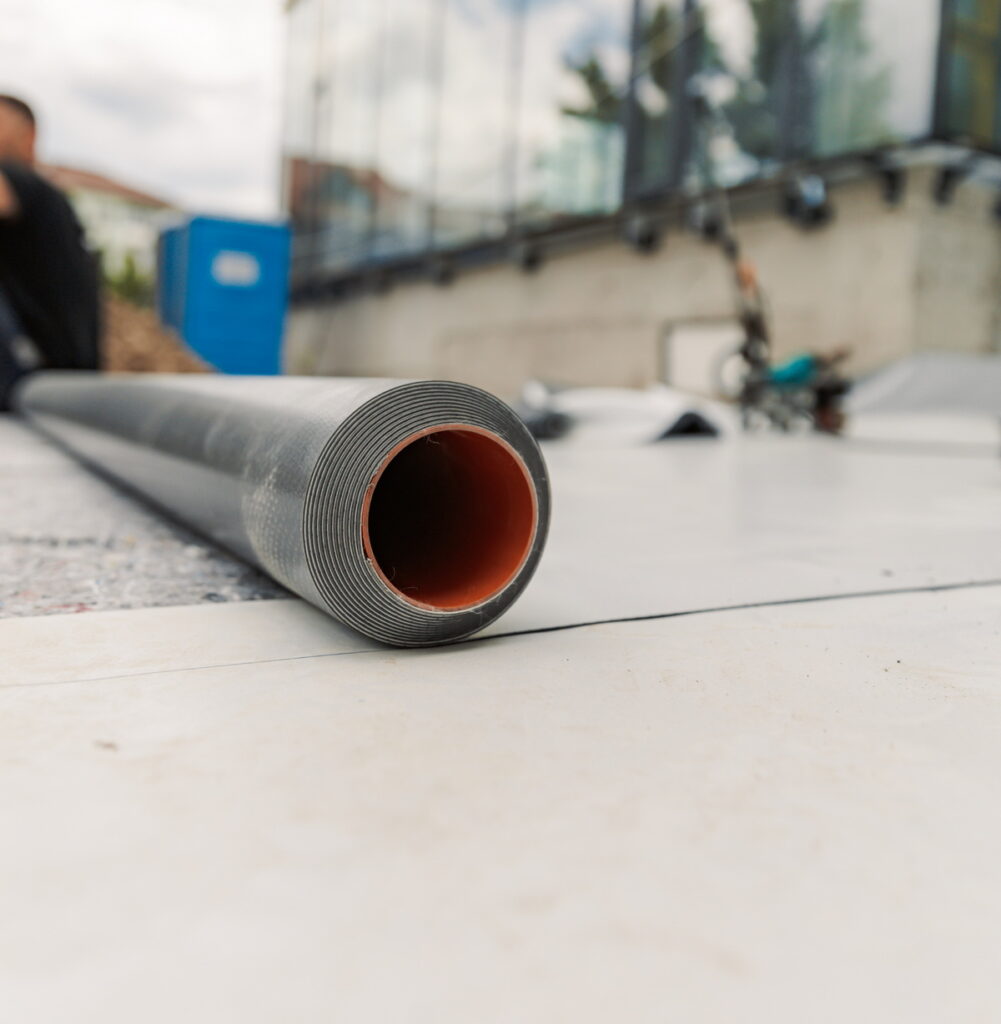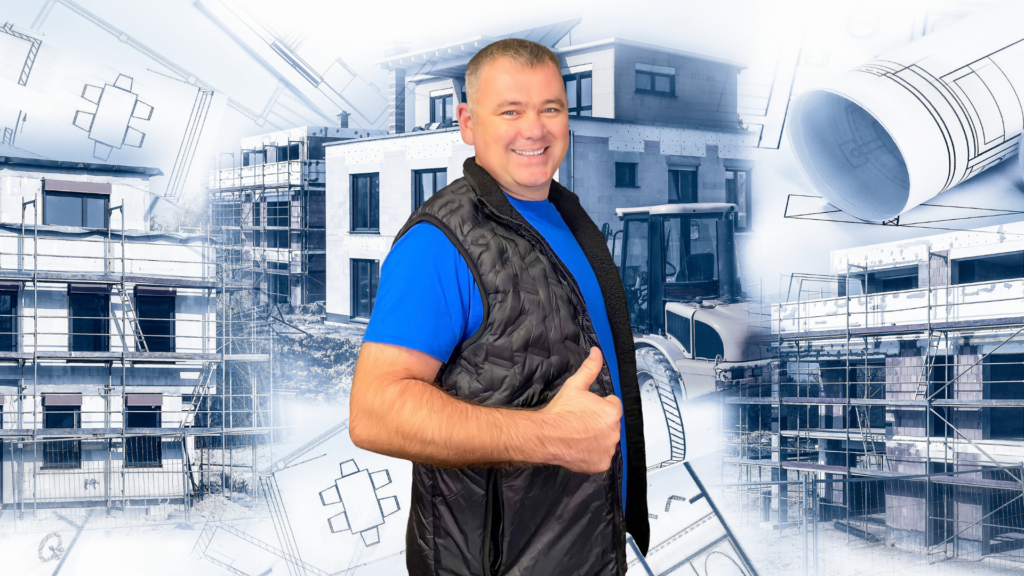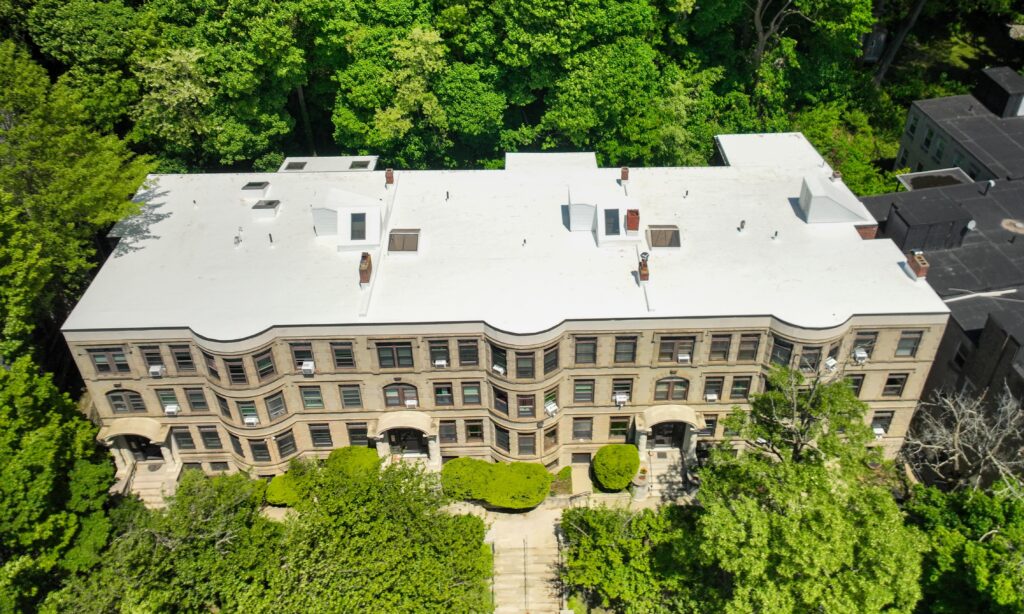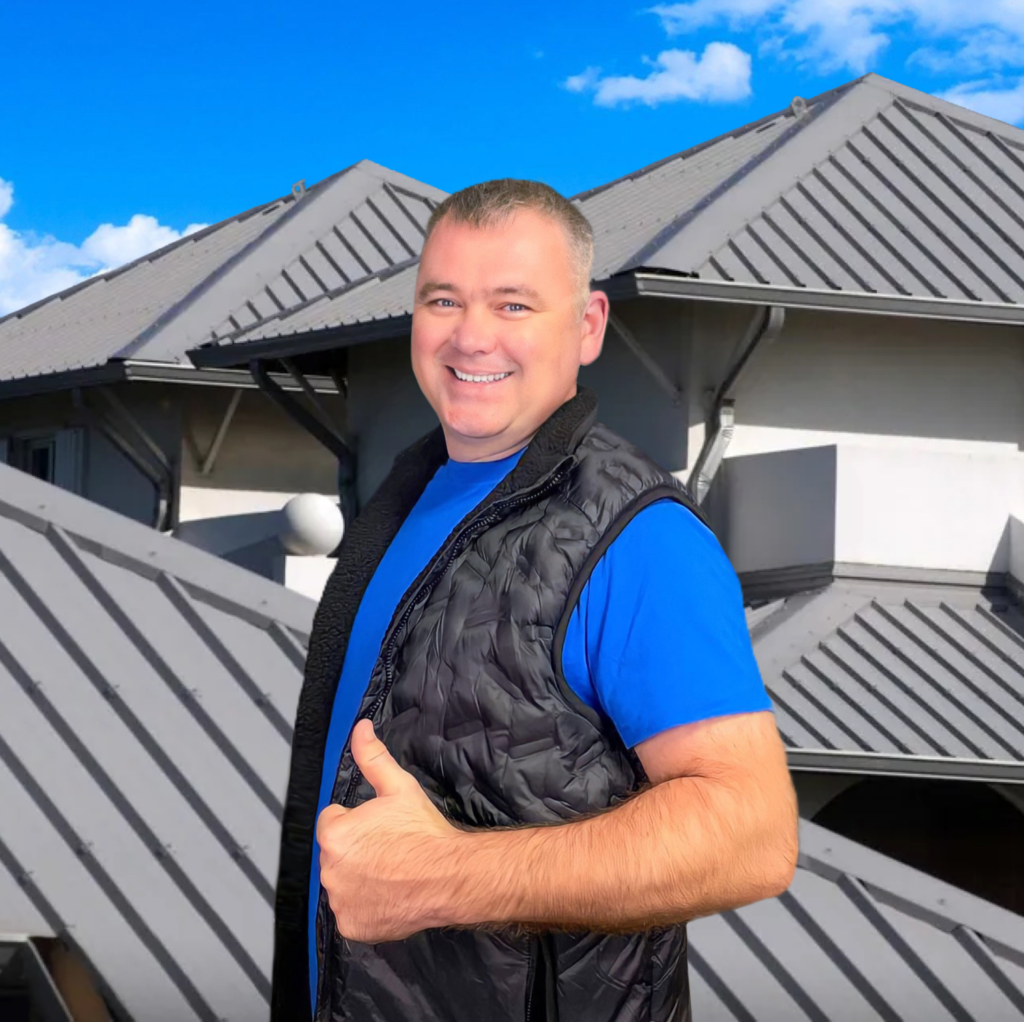PVC Roof Installation: All You Need to Know About PVC Roofs
Reading Time: 10 minutesHumanity has significantly improved roofing structures and materials throughout technological progress. This advancement is evident in the increasing popularity and efficiency of PVC roof installation, which offers durability and weather resistance unmatched by traditional materials.
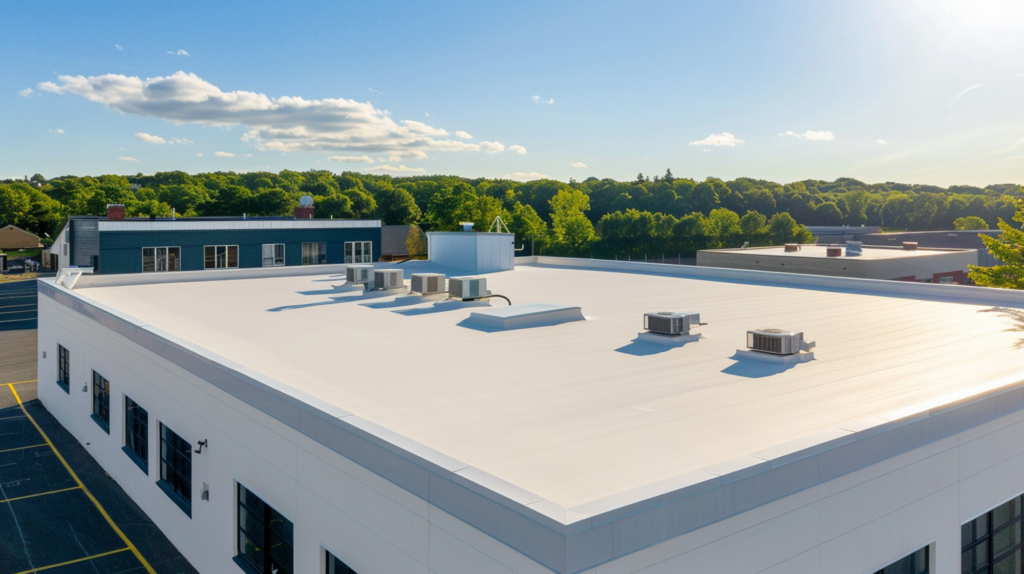
At the same time, the list of requirements for roofing coverings, their durability, tightness, energy efficiency, and appearance also increased. As a result, today, we use many modern building materials such as PVC (PVC stands for polyvinyl chloride). What kind of material is PVC, and how can it be used correctly in roofing?
History of PVC Roofing Installation
The first polyvinyl chloride membrane roofs were installed in the late 1960s and early 1970s, primarily in Europe and the United States.
Initially, they were used mainly in industrial and commercial or institutional buildings. However, as the technology advanced and awareness of its benefits grew, PVC roofing gained popularity in residential construction as well.
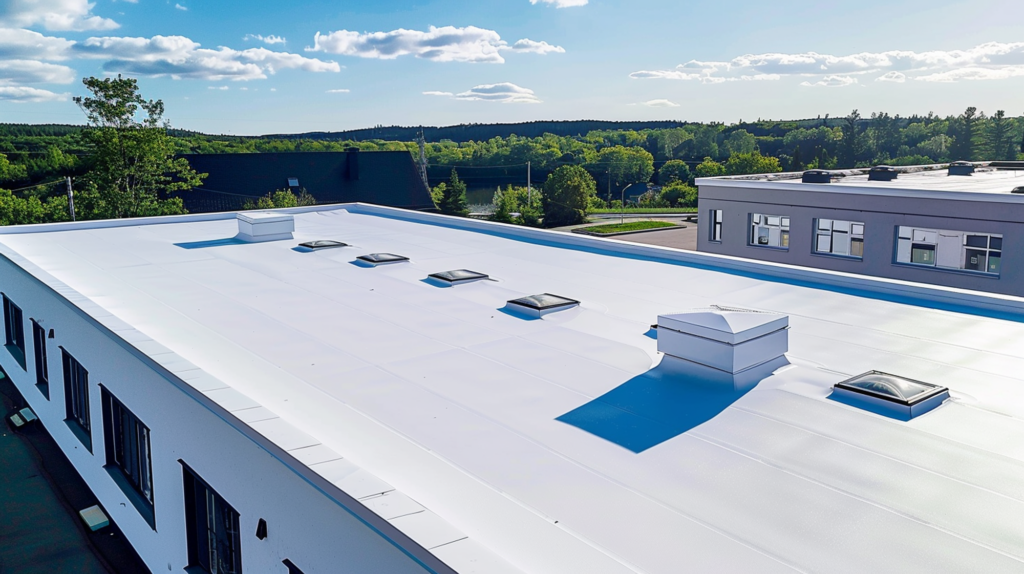
Over the decades, advancements in manufacturing processes and formulation have further improved PVC membranes. Reinforcements like polyester or fiberglass scrim were introduced to enhance strength and dimensional stability.
Additionally, innovations in heat welded seams techniques, such as hot-air and solvent welding, improved installation quality and durability.
One of the significant advantages of PVC roofing membranes is their sustainability. Unlike traditional roofing materials, PVC is recyclable. This also became the reason for the growth of the audience of supporters of this material.
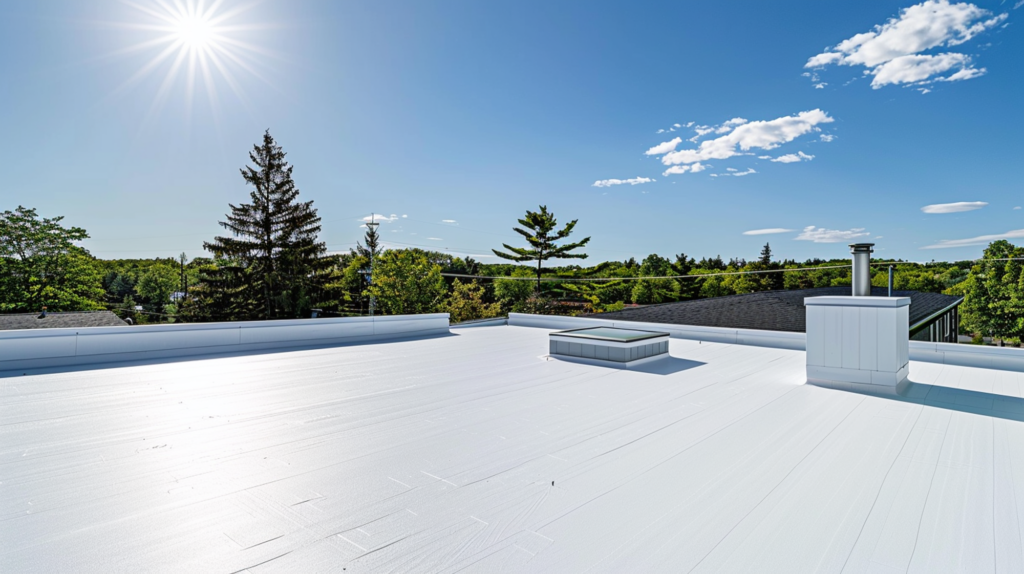
Moreover, manufacturers have developed formulations with reduced environmental impact, including phthalate-free and low-VOC (volatile organic compound) options. These eco-friendly attributes have contributed to the growing adoption of polyvinyl chloride membranes in green building projects.
Some General Information About PVC Roofing
Without delving into the intricacies of technological and production processes, PVC materials are thermoplastic (which means that materials become plastic under high temperatures) membranes, commonly reinforced with fiberglass, polyester, and other materials for strength and increased service life.

Unlike traditional roofing materials that our fathers and grandfathers used in the 20th century, PVC membrane offers better tightness and energy efficiency, increased service life, and more unique features. It also does not require constant maintenance, making it the optimal choice for building owners and commercial roofing projects.
Yes, single-ply PVC roofing membranes have drawbacks, but they are more suitable for flat roofs than asphalt shingles, more highly resistant to rot than wood, and more accessible and quicker to install than metal, slate, and clay shingles.
The primary advantages of PVC roofing are elasticity, high tightness, which does not depend on temperature changes or cold weather, resistance to rot, and high winds if installed correctly.
Dense PVC flat roof systems provide excellent chemical resistance but are more easily punctured than other roofing materials.
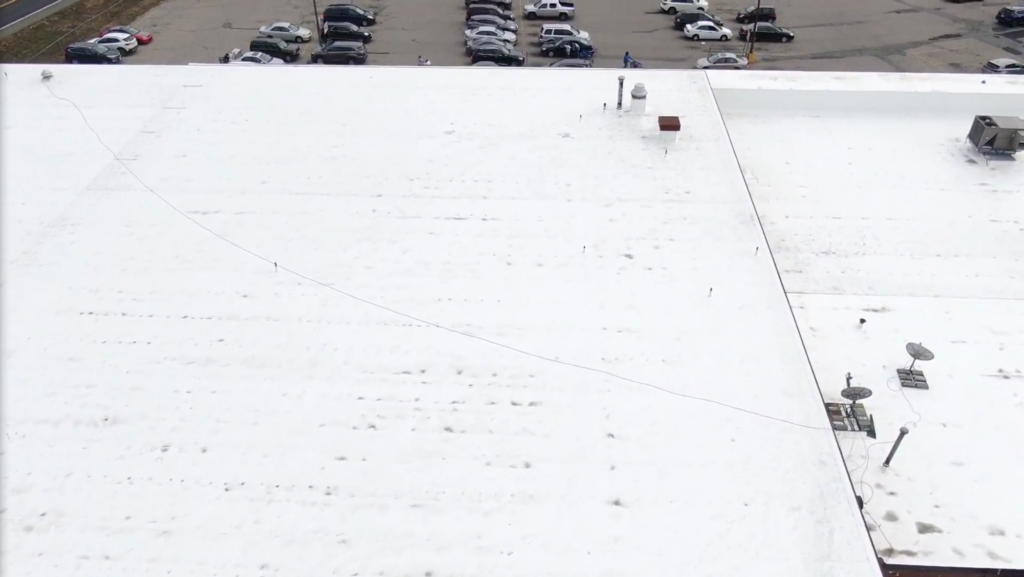
Recent trends include energy efficiency and white PVC membranes, which heat up less on sunny days. A roof system with improved energy efficiency may also reduce energy costs and save the building owner’s budget.
PVC membranes are durable but not very elastic. Moreover, they can lose elasticity when the components responsible for elasticity evaporate from their structure. Manufacturers of so-called PVC KEE (ketone ethylene ester) membranes have partially solved this problem – their roofing retains elasticity and durability better.
PVC Roof vs. TPO Roofing and EPDM
PVC membranes differ from most roofing materials due to the different manufacturing processes and basic components.
Thermoplastic polyolefin, or TPO membranes and PVC, are two materials that compete in modern roofing membranes. Both TPO membranes and PVC have their aces up their sleeves. When comparing TPO and PVC roofs, PVC membranes have a longer service life and are chemical resistant. In addition, TPO roofing systems have been studied less. Comparing TPO and PVC, PVC is more time-tested. However, both TPO and PVC flat roofs are popular in the US.

If we compare PVC roofing with EPDM (ethylene propylene rubber), then EPDM is cheaper, but it is inferior to PVC in the strength of seams (and seams are supposed to be the weakest zone of any membrane roofs), as well as in service life.
In each case, it is important to check the pros and cons when choosing the best roofing system and most suitable roofing membrane – TPO roofing, PVC, or EPDM.
It is best to consult with a local roofing contractor who will select PVC, EPDM, or TPO roof membranes based on your budget, regional climate, and your roofing project.
PVC Roofing Systems Installation Guide
If you want to reap all of these benefits and avoid costly repairs, it’s important to understand whether PVC is right for your roofing project.
It is even more important to know how to install this material properly so that the flat roof does not have to be repaired after just a few months and that there are no leaks, mechanical damage, swelling, or cracks on the surface.
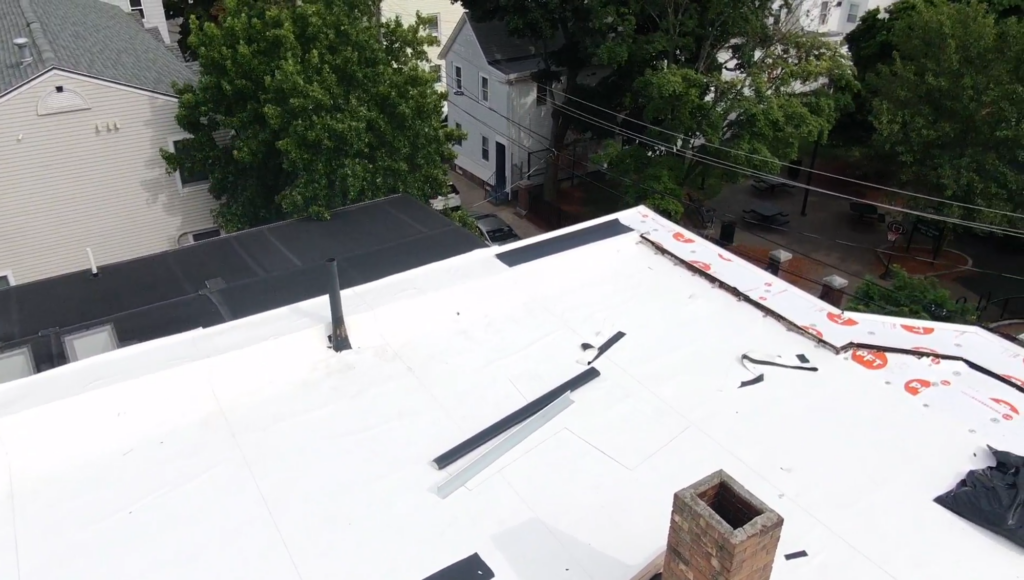
As experienced roofers note, even the best and most expensive roofing material will not serve you as intended by the manufacturer without proper and professional installation. And any installation includes several stages.
Whether you install PVC roofing on the roof yourself or contact a roofing contractor, we recommend spending half an hour studying this material. It contains only basic information, but you will find it useful.
Which PVC Roofing System to Choose
In short, PVC membranes are suitable for flat roofs, not only for most commercial roofing systems but also for residential homes and other properties, including garages, sheds, porches, and extensions.
Please consult a professional. We will not dwell on the issue of choosing a material in detail, since there are many differences between brand models of PVC roofing, and each project will need its own “ideal” membrane.
Typically, roofing membranes are produced in the form of sheets, which are rolled for ease of transportation and installation.

Despite standardized sizes, PVC membranes can be of different thicknesses and widths, both single-ply and multi-layer (two layers and more).
Let’s assume you have already studied this issue carefully, and the necessary material is already in stock and ready for PVC flat roof system installation.
Start with Information Provided by The Manufacturer
Of course, you didn’t produce the PVC roofing membrane in your backyard or garage. You most likely purchased it from your local building materials supplier or directly from the manufacturer.
What needs to be checked before installation of a PVC polyvinyl chloride roof, or even better, at the stage of choosing a membrane?
Roofing Material Specifications
Review the manufacturer’s product specifications for the PVC roofing system being used. It includes information such as thickness, width, length, and color options.
Ensure that the specifications meet the requirements of the project and conform to relevant roofing industry standards.

As a rule, you can find this information both on the official websites of manufacturers and in the advertising brochures of local representatives.
Quality Standards
Confirm that the PVC roofing systems (as well as EPDM or TPO roof) meet industry quality standards and certifications, such as ASTM (American Society for Testing and Materials) standards and certifications from reputable organizations like the Vinyl Institute or the Cool Roof Rating Council.
Roofing Systems Installation Guidelines
Obtain detailed installation guidelines provided by the manufacturer. These guidelines typically include instructions for surface preparation, substrate requirements, seam welding techniques, and recommended adhesives or fasteners.
Following these PVC roof guidelines is essential to ensure proper installation and warranty compliance.
Compatibility with Other Components
Verify compatibility of the PVC roofing with other roofing components such as insulation, flashing materials, and edge details.
Ensure that all components are compatible and that installation practices meet industry best practices to prevent compatibility issues that could compromise the integrity of the roofing system.
Technical Support and PVC Roof Training
Ensure that the manufacturer provides technical support and training resources for installers.
This may include access to technical representatives for assistance with project-specific questions or onsite training sessions to familiarize installers with proper installation techniques and best practices.
PVC Roof Surface Preparation or Re-Roofing
Attention! Any work at height requires compliance with safety rules and the use of safety equipment, if necessary. Entrust the work to roofing professionals who have experience, skills, equipment, and insurance.
During the initial installation phase, it is critical to prepare the roof surface, whether the surface has old roofing material or it is a new roof project with a new roof base.
The better you prepare the surface for laying the PVC membrane, the easier and faster the installation will be, and the less likely there will be leaks and other troubles during the operation of the roof over the next 15-30 years.
Our task is not only to remove any debris and things that may get under the membrane but also to carry out minor repairs if necessary. You should cut and smooth out all blisters, and seal all cracks with non-shrink repair compounds.
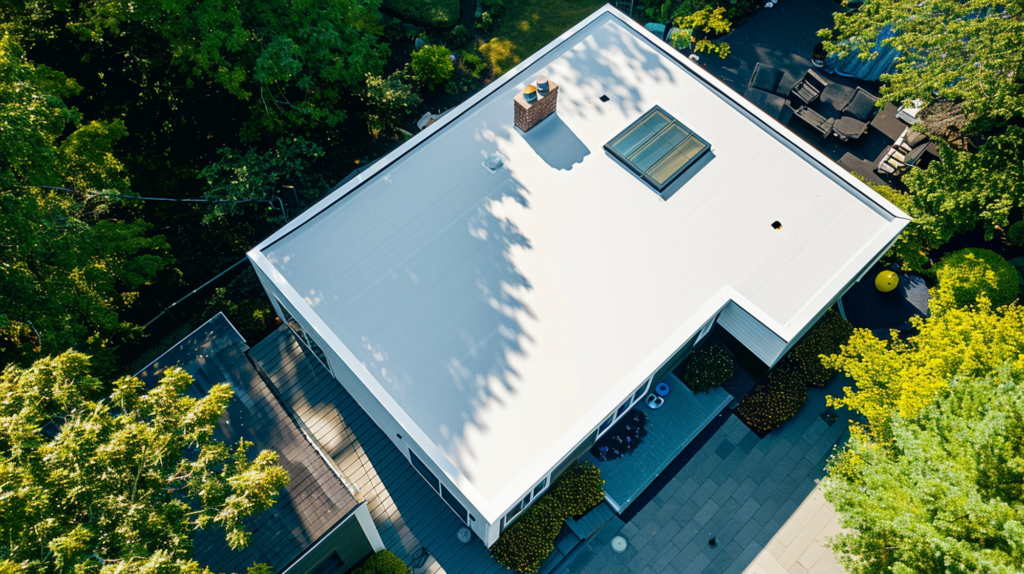
Some manufacturers and roofers recommend using a slip-sheet or fleece backing, which is laid over the surface of an old or damaged roof and creates a smooth surface for a secure PVC roof installation.
It is also recommended to additionally lay special insulating material on some surfaces such as coal tar roofs.
Depending on the project and type of PVC roofing system, vapor retarders, air barriers, and other materials that prevent condensation may be installed at the initial stage.
If you plan to use mechanically attached roofing systems, which we will discuss next, make sure that the roof surface is capable of reliably holding fasteners.
Please note that the choice of materials you use other than PVC membrane depends on the specifics of the project.
Which Method of Installing PVC Roofs Is Considered the Best?
There are three main methods for installing any PVC roofing system. In each specific case, you need to know the architectural and engineering features of the PVC roof, its frame, communications, air conditioning, and other roofing elements, as well as the operating features of the future roof, like foot traffic, to choose the optimal installation method. What is more, installation cost depends on the chosen method as well. However, PVC roofs may require significant initial investment.
Attention! Depending on your chosen or preferred installation method, you will need a set of equipment and tools. In most cases, in addition to the tools that are in your garage, you will most likely need specialized equipment, for example, for seam welding.
Mechanically fastened membranes
In this case, the membranes are laid out on the roof surface and then attached to the surface using special fasteners and so-called plates (or battens in some cases).
Please note that a suitable roof surface is required to securely attach the fasteners.
Fully adhered PVC roofing systems
In this case, roofers use special chemicals to bond the single-ply membrane to the roof surface. It is necessary to use only those products recommended by the manufacturer, as incompatible chemicals can damage the membrane structure or reduce its service life.
Installation is carried out with an overlap.
Ballasted PVC roofing systems
This method has been used rarely in recent years, mostly in the case of roofing installations on commercial buildings.
First, the membrane is laid on the prepared roof surface and then pressed down on top with ballast, such as gravel.

What to Pay Special Attention to During Installation
One of the most critical stages is fastening the seams, especially in places where the surfaces of three sheets meet – the so-called T-joints.
There are several methods for fastening seams: hand-held hot air welding, machine hot air welding, and fasteners, plates, and battens.
As a rule, seams are believed to be one of the critical areas where leaks occur more often. So make sure they are sealed tightly and securely.
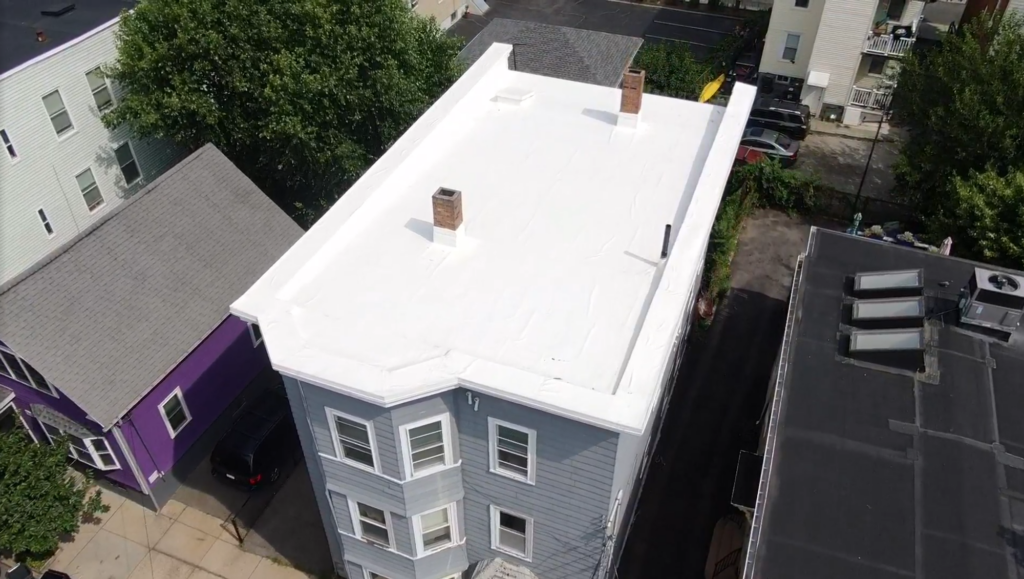
Also pay attention to flashings, which are installed in places where roofing elements are mounted, where the roof meets the walls, near corner areas, and at the edges of the roof. Depending on the roof type and membrane type, special metal or plastic flashings may be used.
Remember that after installing the membrane, you will need to install drains, vent pipes, and penetration pockets. Be sure to make sealed flashings in areas where the membrane meets the roofing elements.
Check local code requirements, as they may vary by state, city, and area if your neighborhood has its own rules regarding the appearance of low-slope roofs.
It is very important to make a proper drainage system so that water does not accumulate on the roof surface. Even the most modern PVC roof membranes can leak if there is standing water on them all the time.
If you plan to walk on the roof surface, it should be designed accordingly, with areas designated for roof traffic.
One of the main enemies of synthetic membranes is ultraviolet radiation (sun exposure). Due to UV rays, membranes and joints can lose elasticity and crack over time. Make sure your PVC roofing is inspected by professional roofers periodically. Proper maintenance, including minor repairs and cleaning up falling debris, is the key to long service life.
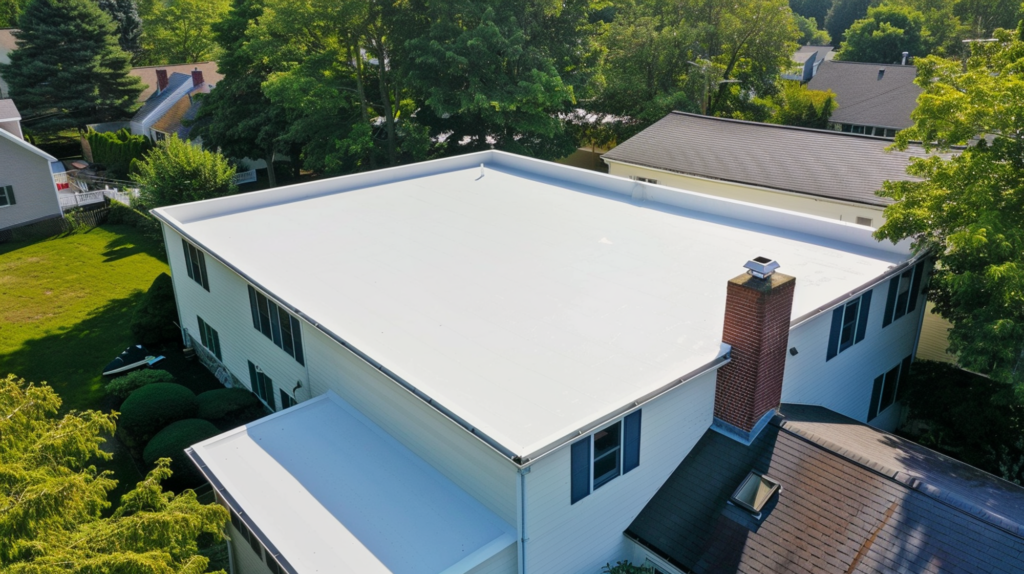
Some tips for installing PVC membrane roof
Overlap is a key
Most PVC membranes are laid with overlap. However, the overlap area differs depending on the membrane type and installation method.
Don’t forget about extra overlap when you install curb and edge flashings.
Give PVC membrane time to relax
Since roofing membranes are supplied in rolls, it is recommended to give them time to “rest” before attaching them to the roof surface.
As a rule, the membrane on the low slope roof surface straightens within 15-30 minutes.
Check seams
If you use the hot air welding method to join the seams, be sure to check the tightness of the seams immediately after they are cooled. They usually cool down after 30 minutes.
Use repair patches
Depending on the selected PVC membrane and installation method you can use various solutions to restore structural integrity. Usually PVC membranes are repaired using special patches.
Latest Insights from Roofers: Cutting-Edge Trends and Expert Opinions
Let’s Sum It Up: PVC Roof Installation Could Be the Best Choice for You
PVC roofing system is one of the relatively new but already well-proven roofing technologies that is actively used in the construction of commercial roofing and residential low-slope roofs.
However, the service life and other features of PVC roofing directly depend on how correctly the material was selected and how professionally it was installed.
Since the installation of PVC roofing requires not only skills, experience, and compliance with safety rules for working at height but also specialized equipment, we recommend finding qualified roofers who can install the roof, paying attention to the most difficult places – seams, roof edges and flashing in areas of roof penetration, corners, curbs and so on.
Denis is the driving force behind ID Flat Roof, a leading company in Boston specializing in flat roof repair and installation for over 20 years.
Expertise:
Denis excels in PVC, TPO, EPDM, and rubber roofing. His meticulous approach ensures quality and customer satisfaction.
Innovation:
Denis incorporates cutting-edge solutions like skylights and solar PV roofing.




